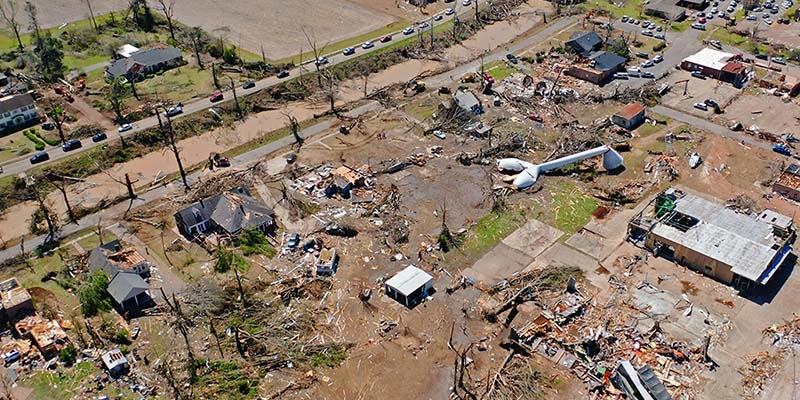From Emergency Response to Long-Term Recovery
Save the Children does whatever it takes to be there for children in crisis – as we have for every major humanitarian crisis since World War I. We work with communities to prepare for and mitigate the impact of disasters. We partner with governments and local organizations to provide immediate assistance when an emergency hits. In 2024, together, we responded to 112 emergency situations. Through our Children’s Emergency Fund, we reached 23.8 million people – across 71 countries. Learn more about our history of emergency response.
Responses to Protracted Humanitarian Crises
The Global Hunger Crisis
As conflicts escalate, the climate crisis deepens and global inequality widens, more and more children face the ever-growing threat of hunger. LEARN MORE
The Climate Crisis
The threat posed to children and their rights by the climate crisis is real, and it is urgent. Its impacts are built into children’s futures, even if we are able to curb global emissions. LEARN MORE
Afghanistan Humanitarian Crisis
As the United States begins welcoming newly arriving Afghan refugees, Save the Children has mobilized to meet their most urgent needs. We stand committed to the Afghan people and our commitment to stay and deliver in Afghanistan, where we've been working since 1976. LEARN MORE
Syrian Humanitarian Crisis
Syria has been a living nightmare for children and families tormented by years of war and unimaginable hardship. As millions flee for their lives, your help is desperately needed. LEARN ABOUT SYRIAN REFUGEES
Rohingya Refugee Crisis
In 2017, violence in Myanmar led to the fastest moving exodus of people – the Rohingya people – since the Rwandan genocide. Amid a global pandemic, nearly one million people remain stranded in Cox's Bazar, the largest refugee camp in the world. We are working to treat COVID-19 cases and support the basic human rights of Rohingya families. LEARN MORE
Current Emergency Responses

Midwest Tornadoes
After a deadly tornado swept through rural, eastern Kentucky this weekend, taking lives and leaving nearly 50 miles of destruction in its wake, Save the Children is working to provide critical supplies and support to help children and families hardest hit by the powerful storm. LEARN MORE

At 12:52 PM Yangon time, a strong earthquake with a magnitude of 7.7 struck central Myanmar, causing significant infrastructure damage across the country.
It is feared to be the strongest earthquake to hit Myanmar in a century. Save the Children is ready to respond.
Myanmar Earthquake
Following the most powerful earthquake to strike Myanmar in over a century, children in Myanmar and Thailand urgently need safe places to sleep, food, water, health care and education, as well as protection. LEARN MORE
Gaza and Israel Conflict
What's happening in Gaza and Israel right now is horrifying. Gaza is now the deadliest place for civilians in the world. The only way for civilian lives to be protected and for adequate humanitarian assistance to be provided is for the fighting to stop. LEARN MORE
Turkey (Türkiye) and Syria Earthquakes
Thousands of people have lost their lives after two devasting earthquakes struck the Turkey (Türkiye) and Syria borders. LEARN MORE
Pakistan Floods
More than 33 million people across Pakistan have been affected by deadly flash flooding - the worst flooding to hit Pakistan in decades. LEARN MORE
Ukraine Humanitarian Crisis
The Ukraine crisis, which started in 2014, has already forced at least 1.5 million people from their homes. The recent escalation in hostilities in Ukraine has put at least 7.5 million children in grave danger of physical harm, severe emotional distress displacement. LEARN MORE
Lebanon Humanitarian Crisis
After a devastating explosion in the Lebanese capital of Beirut, children and families already facing COVID-19, as well as economic and political crisis, are more vulnerable than ever. LEARN MORE ABOUT THE CRISIS
Venezuela Humanitarian Crisis
Economic collapse and internal conflict is driving millions of Venezuelans from their homes. Before COVID-19, the UN estimated 7 million people, or 25% of the population, were in need of humanitarian assistance. Now, closed borders and isolation measures due to coronavirus are exacerbating their already dire circumstances. Children need your help now. LEARN MORE
Historical Emergencies
From our very beginnings, Save the Children has made it our mission to save the lives of boys and girls in danger around the world. In times of crisis, we’re always among the first to respond, working to keep children safe and helping families rebuild their lives. VIEW PAST EMERGENCIES












